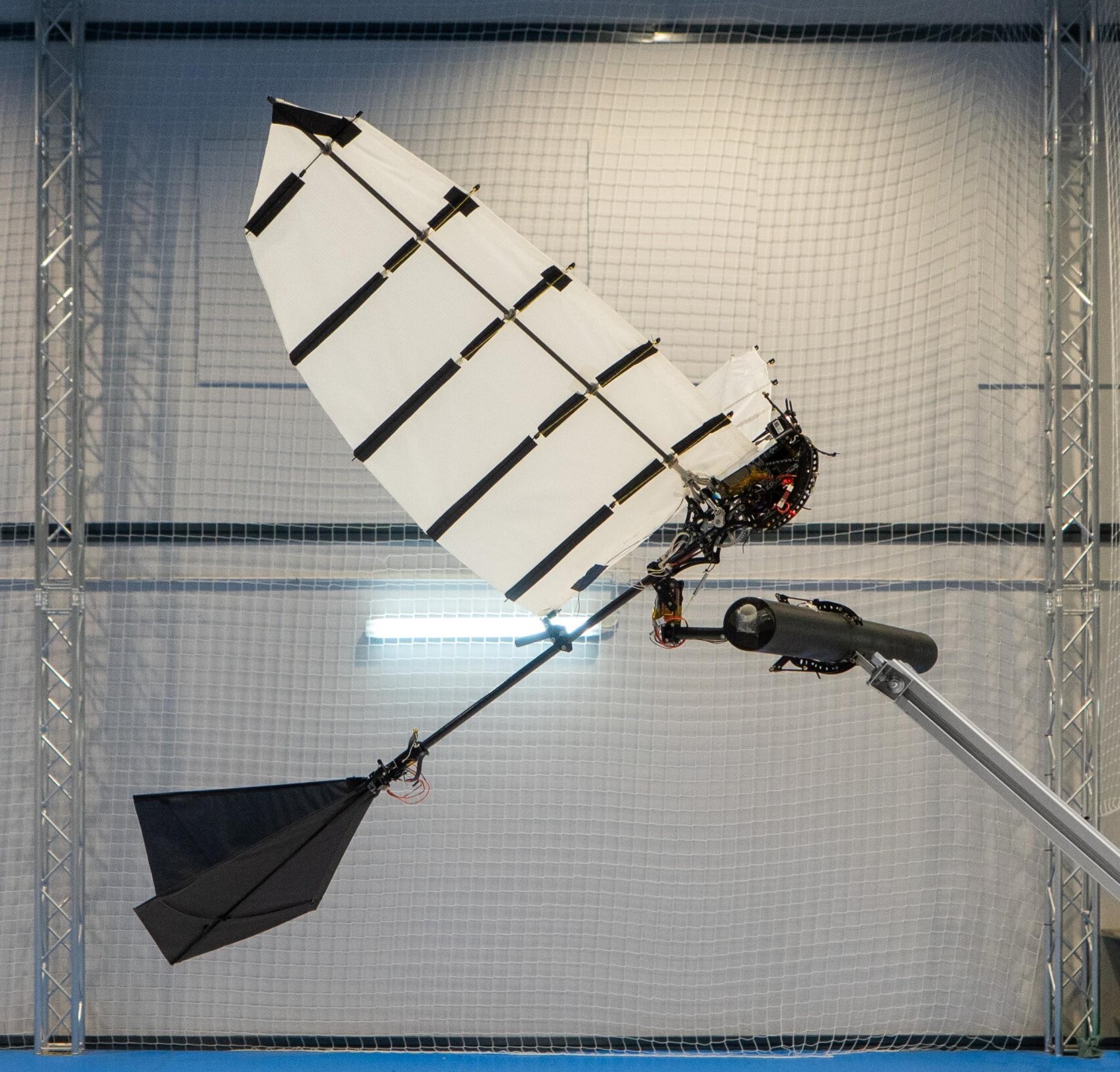In the realm of robotics, mastering delicate maneuvers akin to a bird landing on a branch has long eluded engineers. However, a recent breakthrough in flapping-wing robot technology could revolutionize the scope of robot-assisted tasks, thanks to the pioneering work of Raphael Zufferey and his colleagues at the Laboratory of Intelligent Systems (LIS) and Biorobotics ab (BioRob) in the School of Engineering.
Described in a recent Nature Communications paper, Zufferey's team unveiled a novel landing gear system that enables ornithopters to perform precise perching maneuvers autonomously. Developed in collaboration with researchers at the University of Seville, Spain, as part of the European project GRIFFIN, this innovation marks a significant advancement in unmanned aerial vehicles (UAVs) capabilities.
The implications of this achievement are vast. Zufferey envisions ornithopters equipped with this landing technology undertaking various tasks, from collecting biological samples in natural environments to recharging using solar energy on artificial structures. With the ability to land autonomously, flapping-wing robots could transcend their current limitations and embark on long-range missions with unparalleled efficiency.
Achieving autonomous perching required overcoming a myriad of engineering challenges. The ornithopter had to decelerate gracefully while maintaining flight, its claw designed to securely grasp the perch without compromising aerodynamics. To navigate and perceive its surroundings, the robot was equipped with a sophisticated on-board computer and navigation system, complemented by an external motion-capture system for precise localization.
The result of meticulous engineering, the ornithopter's claw-footed landing gear successfully mimics the intricate balance observed in nature. Through a combination of precise calibration and rapid closure upon impact, the robot seamlessly transitions from flight to perched state, conserving energy and enhancing operational efficiency.
As Zufferey and his team look to the future, their focus turns to outdoor applications, where the true potential of this technology can be realized. By enhancing the robot's autonomy and adaptability, they aim to deploy ornithopters in unpredictable environments, further expanding the capabilities of flapping-wing robots in real-world scenarios.
With this groundbreaking innovation, the boundaries of robot-assisted tasks are poised to be redefined, opening doors to new possibilities in robotics and beyond.


















